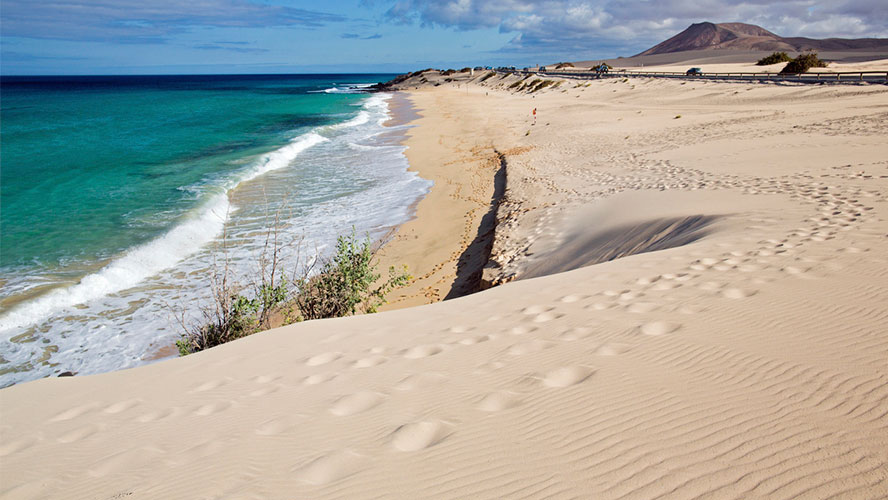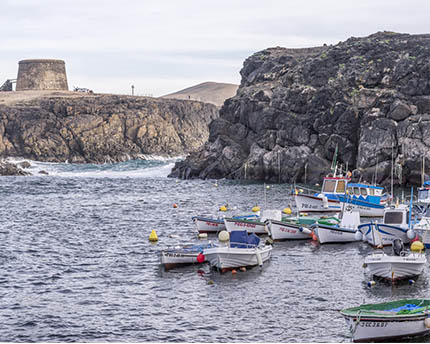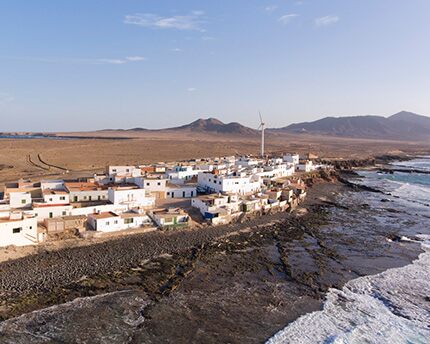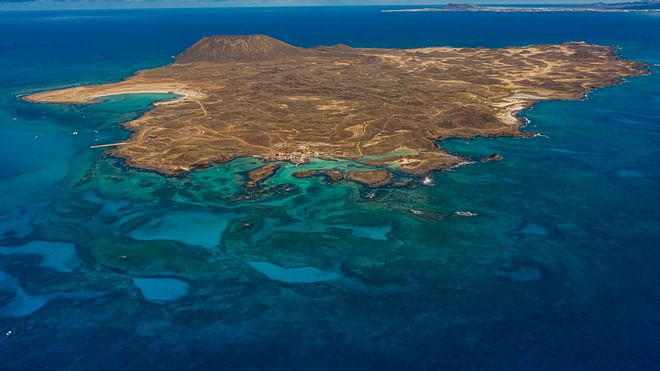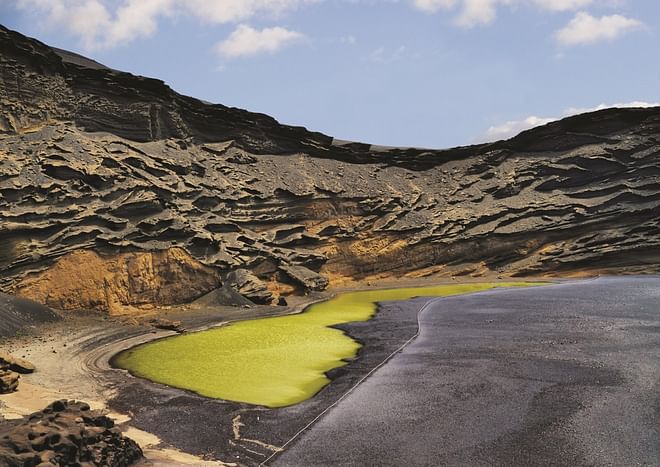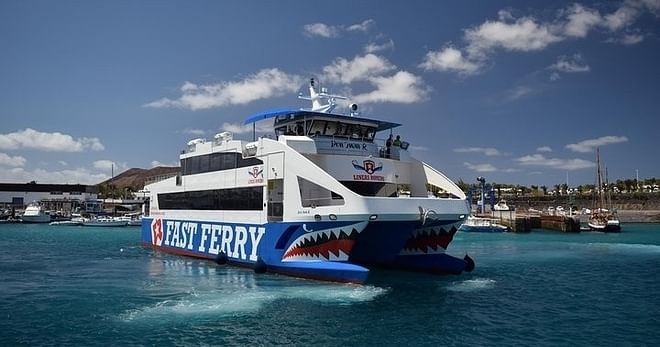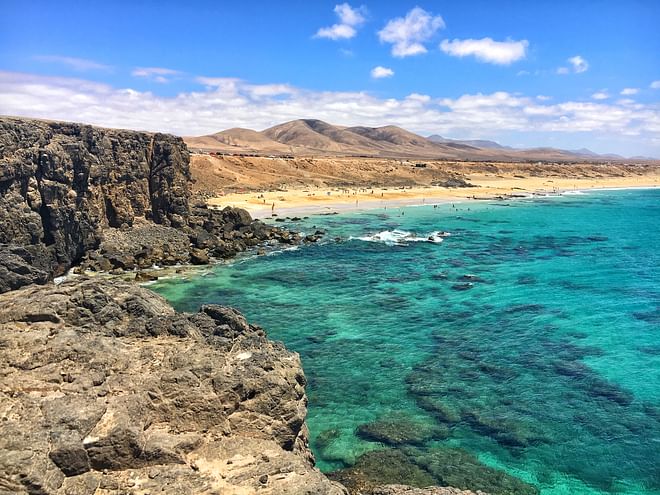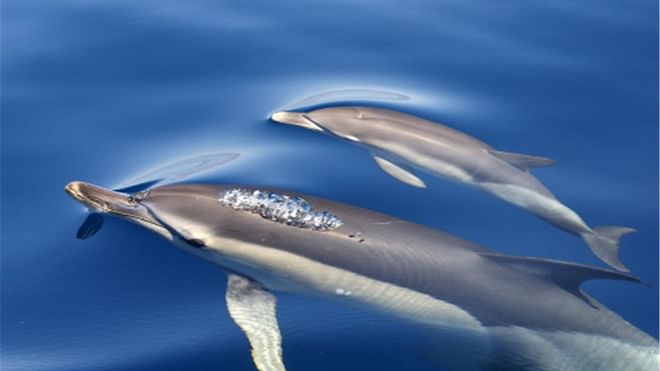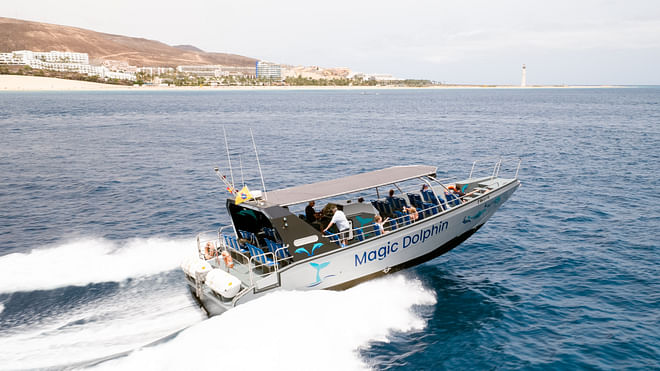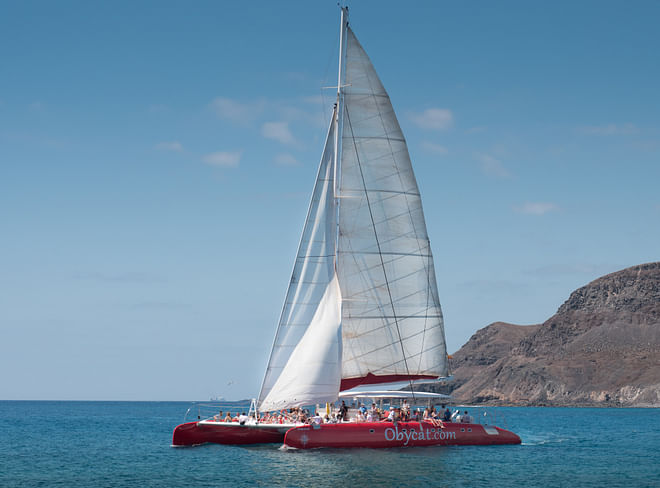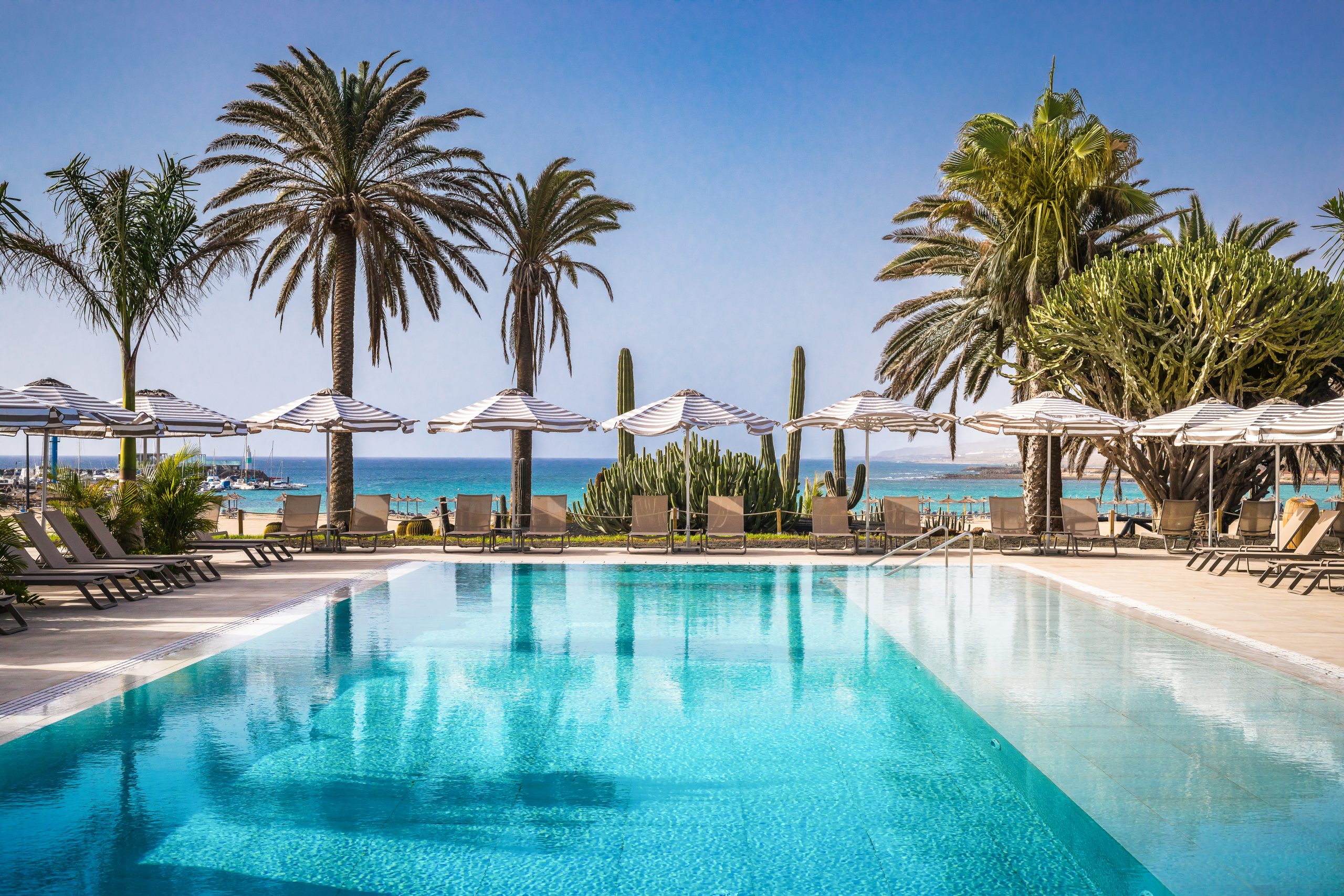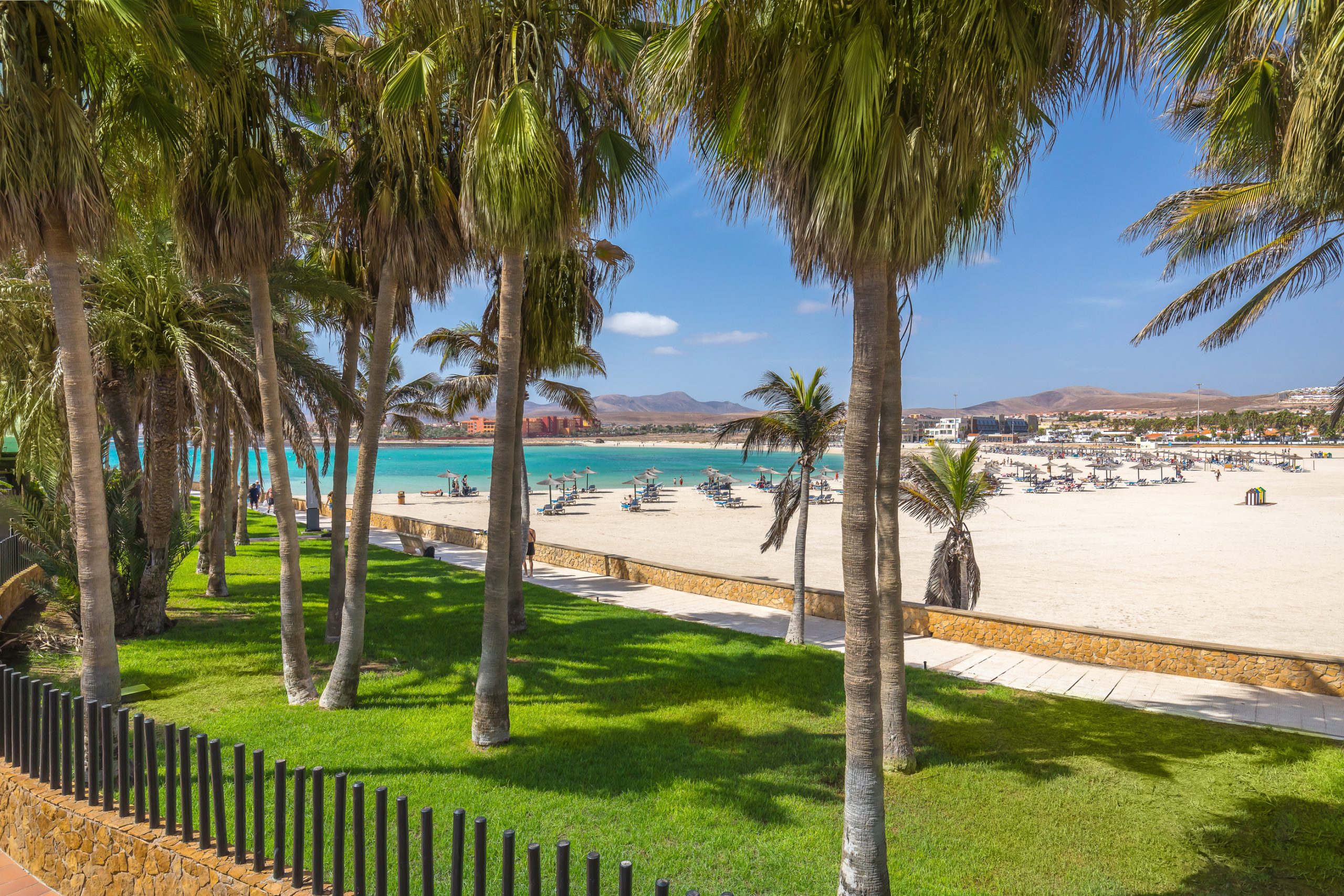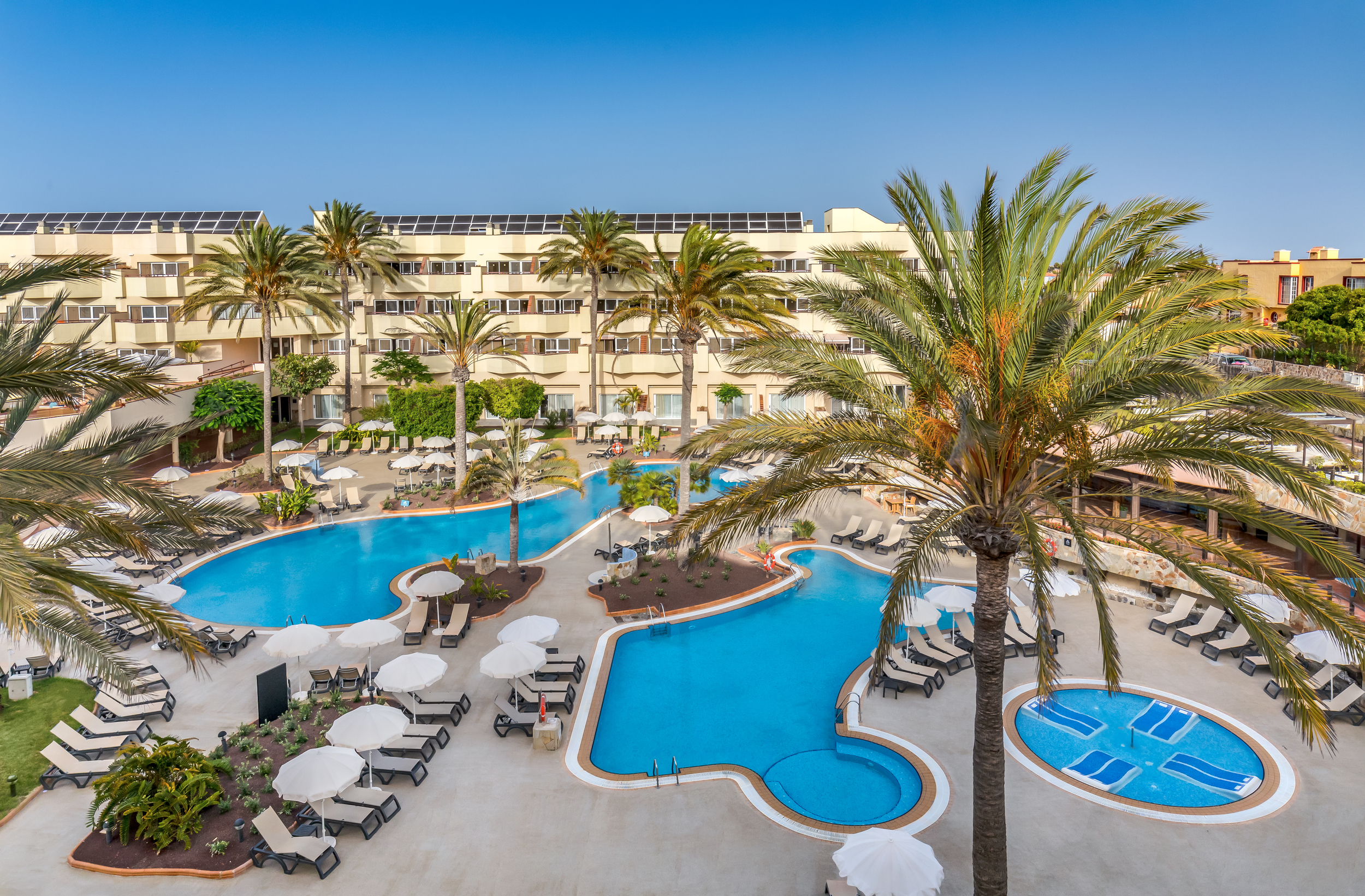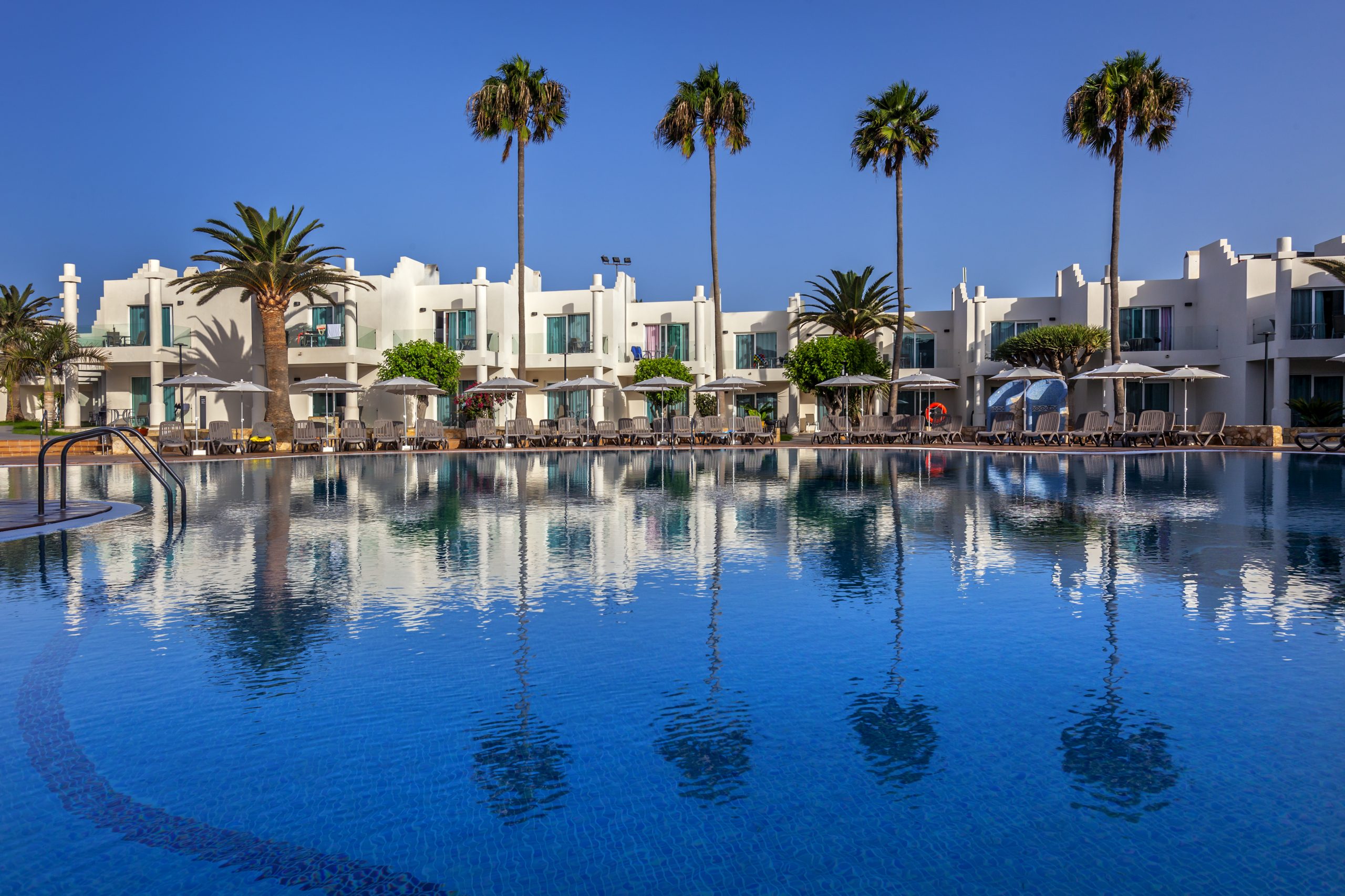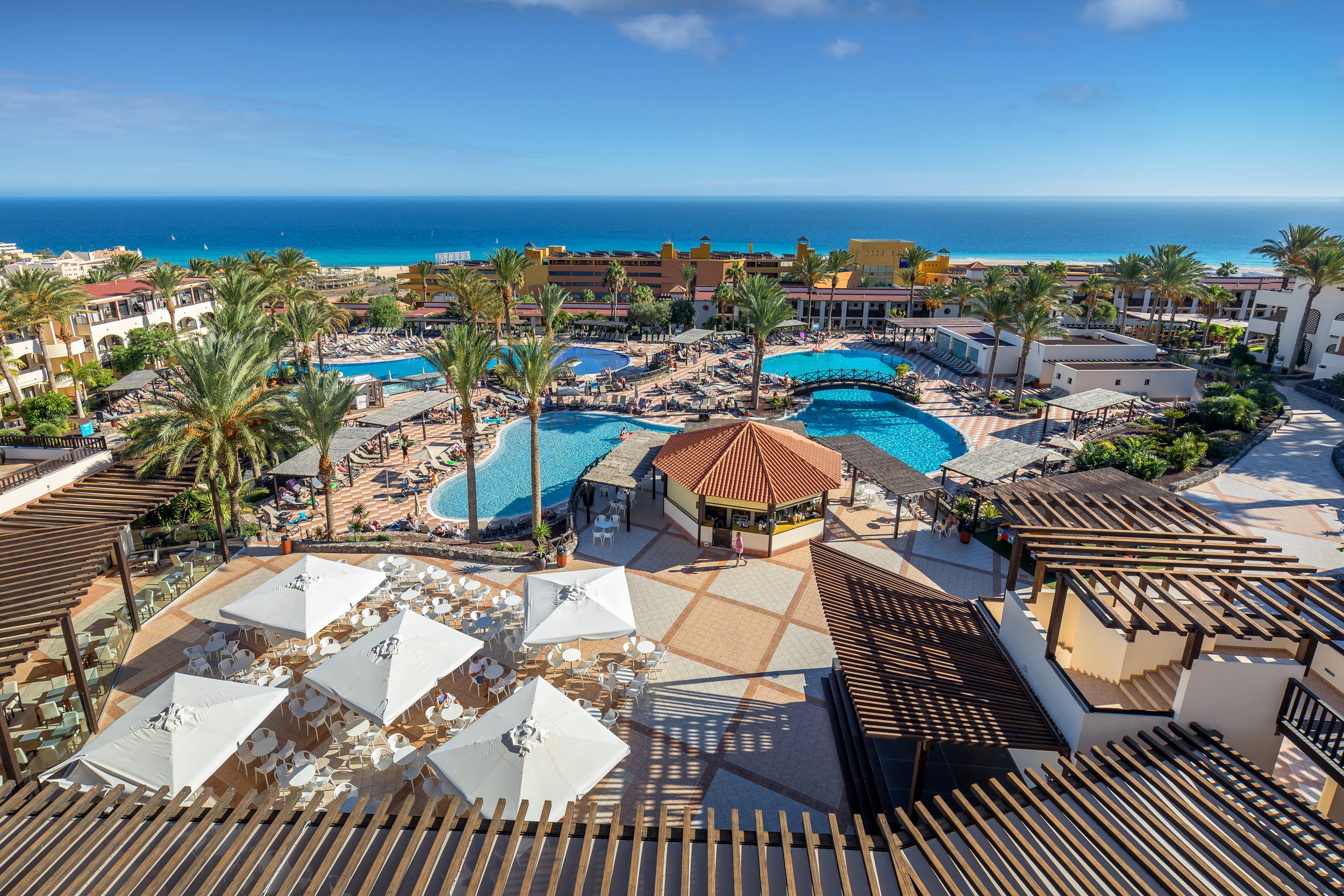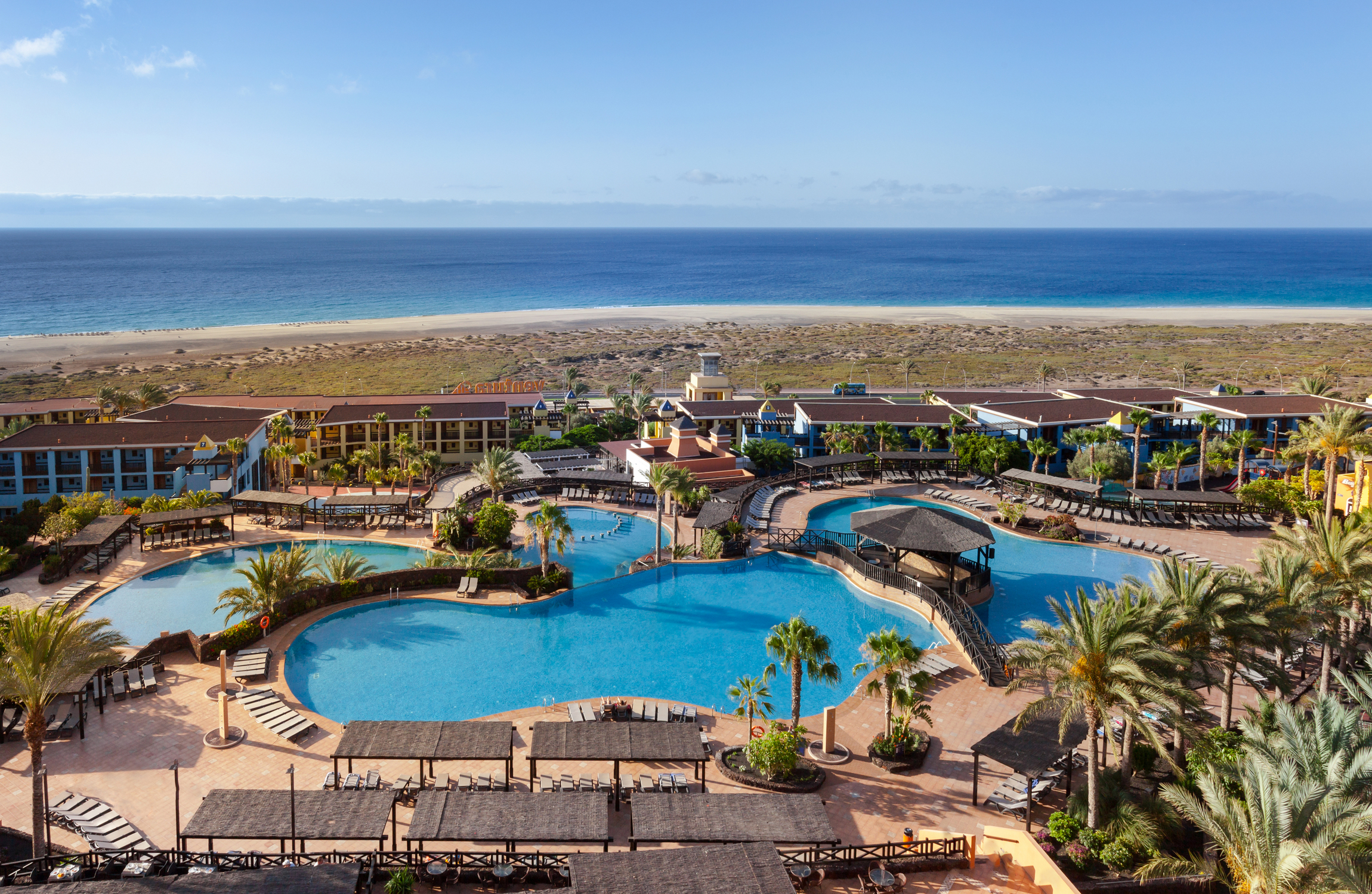Located in the municipality of Tuineje, Gran Tarajal is that part of Fuerteventura (and, indeed, of the whole of the Canary archipelago) which is the closest to Africa. The distance is less than 100 kilometres. With a population of around 8,000, this town, along with Puerto del Rosario and Corralejo, is one of the island’s most important hubs in terms of business and services.
Gran Tarajal takes its name from the Canary Island tamarisk tree, which is actually native to this area. The town’s emblem is of a humpbacked mountain, Punta del Camellito. Its long, quiet beach of black sand, which adjoins the town centre, is an obligatory meeting-place for the islanders. Moreover, it has a superb commercial and fishing harbour, and a lively oceanfront thoroughfare. If you stroll around, and also visit the fishing villages in the surrounding area, you can properly enjoy the island’s quaintness and its hospitality.
Gran Tarajal, a discreet corner of Fuerteventura
The coastal town of Gran Tarajal could easily pass unnoticed on a tour of Fuerteventura’s sightseeing attractions but its low-key character actually makes it a magnet for travellers. On a stroll around the area, you should definitely visit the parish church, Nuestra Señora de la Candelaria. It was built in 1900, thanks to a donation from Matías López, a Canary Islander who emigrated to Cuba—and who also contributed to a project to expand the harbour.
It is pleasant to take a little tour to admire the thirty or more giant murals that adorn houses and other buildings along the oceanfront promenade. Boats, waves, fishermen at work, pirates and treasures all await the visitor in this unique and original open-air art museum. Works by artists from the Canary Islands and from other parts of Spain have been assembled here under the banner “Gran Tarajal y el Mar” [Gran Tarajal and the Sea]. This initiative has served to enhance the appearance of Gran Tarajal’s oceanfront promenade.
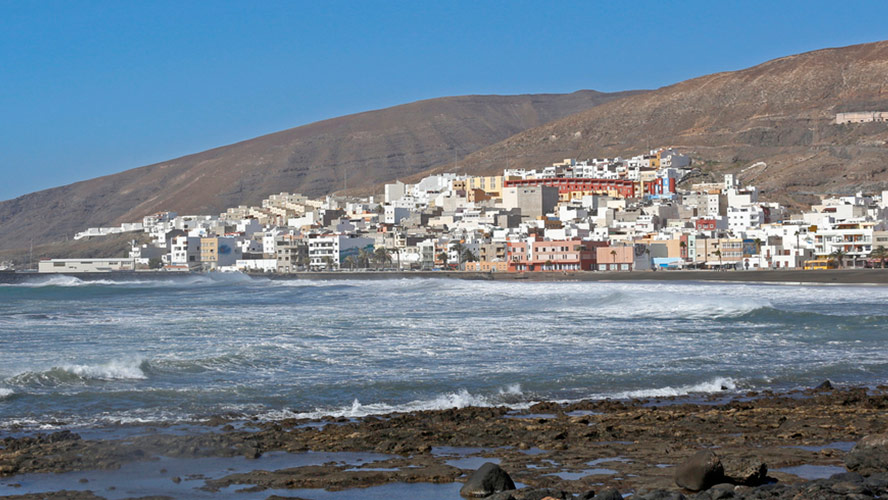
Located close to the marina, this oceanfront promenade is the perfect place for an interesting stroll, lined as it is with a wide range of restaurants, bars and cafés. An eye-catching feature here, as elsewhere on the island, is the skeleton of a huge cetacean, which surfaced in the Roque Negro district in 2005. It forms part of the cetacean trail, a project undertaken by Fuerteventura’s Island Council and its Biosphere Reserve.
Visit Gran Tarajal’s lovely beach of black sand
It is surprising to find a beach with black sand in Fuerteventura, as they are more common in the islands of the province of Santa Cruz de Tenerife. That is why the beach at Gran Tarajal is so unusual, with the Punta del Camellito mountain on one side and the harbour breakwater on the other. The beach stretches for approximately one kilometre, and is beautifully clean with calm waters.
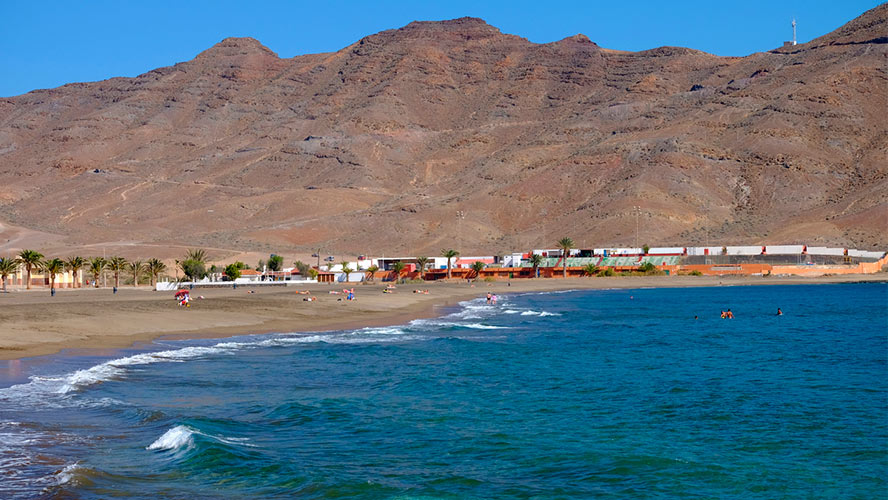
A popular meeting place among fishermen and locals, it is well known as the site where, during September every year, the Deep-Sea Fishing Championships are held. On these occasions, the hundreds of fishing boats competing to catch the best tuna or swordfish are an impressive sight. Since 2017, Gran Tarajal beach, which had previously hosted Womad, has welcomed the Fuerteventura Sound Music Festival. This takes place during August, and is open to new, international trends in music.
The re-enactment of the Battle of Gran Tarajal and Tamasite
History lovers have yet another reason to visit Gran Tarajal beach, as it was the site of the famous battle of Gran Tarajal or El Cuchillete. The battle was fought in the mid-eighteenth century, during the long war between the British forces and those of the Spanish Empire.
In October 1740, 53 British soldiers disembarked on the beach at Gran Tarajal. They tore down the church, looted several houses in the town, and took control of the gully that would lead them to Tuineje. The islanders—armed with only sticks and stones but trained in disciplines such as Canarian wrestling and fencing sports (including traditional Canary Island stick-fighting)—took the English by surprise and halted their advance at Corral Blanco. They killed 30 soldiers and took another 20 prisoner at a place called El Cuchillete. The British battleship, awaiting the return of the soldiers, set sail and retreated from the coast of Fuerteventura, but returned a month later. This time, 55 soldiers disembarked, but once again they were beaten and were executed by the local inhabitants at the Campo Florido del monte de Tamasite.
Every year in October, during the Fiestas de San Miguel, the residents of Gran Tarajal and other parts of the municipality re-enact these historic events. There are disembarkations and battles between the participants, who are dressed in contemporary costumes.
An excursion to Las Playitas
It is worth making the trip from Gran Tarajal to the little fishing village of Las Playitas, which is becoming increasingly popular with tourists. It is only five kilometres away, and is an enchanting place with its little white houses and its pretty oceanfront promenade. As well as the fishing district, Las Playitas has a beach of volcanic sand which is a popular haunt of water sports enthusiasts, including surfers. This is one of Fuerteventura’s more unusual beaches.
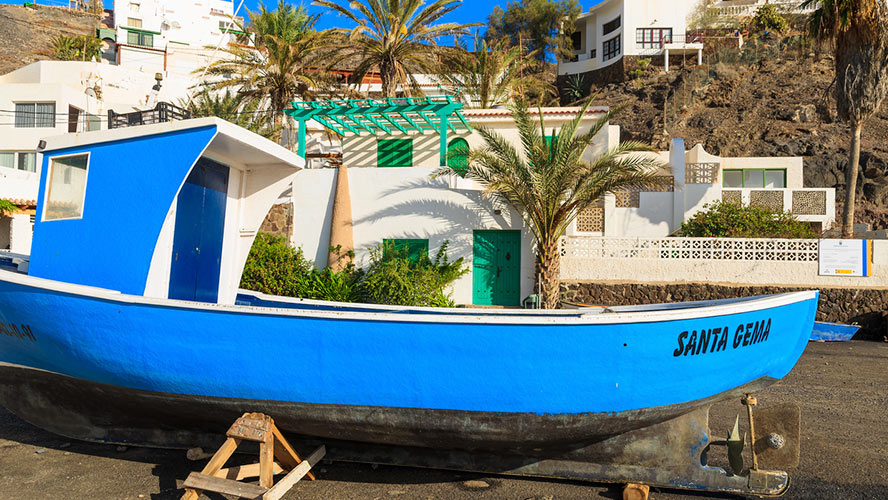
The La Entallada lighthouse
Nearby stands the La Entallada lighthouse, a remarkable building with a tower and three identical dwellings. It was built by the architect Carlos Alcón in 1953. It is positioned on top of a 200-metre-high cliff, and marks the island’s closest point to Africa. From its viewing point can be seen the most beautiful views of the ocean and the mountainous area of Cuchillos de Vigán.
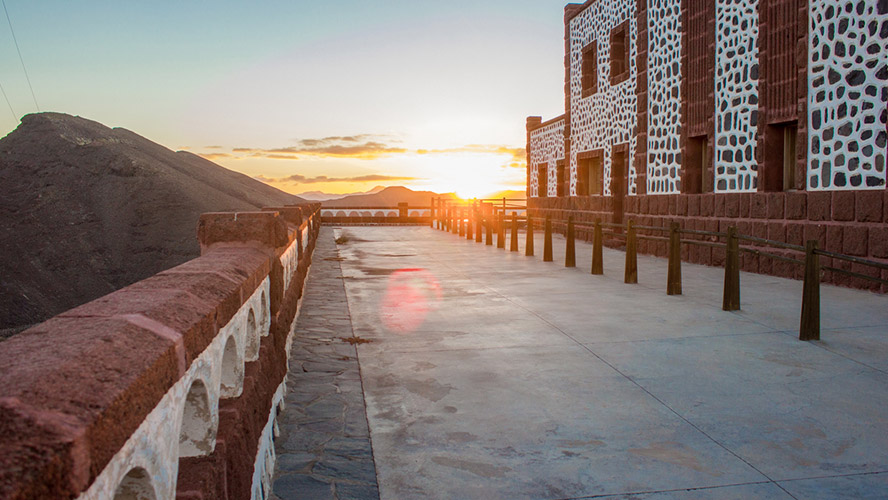
Restaurants in Gran Tarajal, the finest Canary Island cuisine
The area around the oceanfront promenade contains some of Gran Tarajal’s best restaurants for Canary Island cuisine. The Cofradía de Pescadores should be on every visitor’s list. It is located on the quayside, in the modest Fishermen’s Guild building. Recently caught fish is displayed on a tray, and is always supremely fresh. In addition, the restaurant offers very good seafood dishes. Another option is the Faro Entallada restaurant, located in Gran Tarajal’s marina. Diners can watch the boats coming and going as they enjoy quality fish or a tasty meat dish.
We can strongly recommend visiting the nearby fishing villages for a delicious meal by the ocean. The Las Playas bar, in Las Playitas, offers a welcoming atmosphere, excellent fresh fish, and superb ocean views from its terrace. Also outstanding are El Poril and La Rampa de Tío Enrique. In all these establishments, it is worth asking for advice about the fresh catch of the day. The butterflied parrot fish and the fried moray eel are both well worth trying. Highlights among the area’s traditional dishes include fish stew with mojo [typical Canary Island sauce], potatoes, sweet potatoes, and gofio [a typical toasted grain flour]. As well as the fish broth with gofio escaldado. No meal here is complete without tasting traditional Majorero cheese.

























































